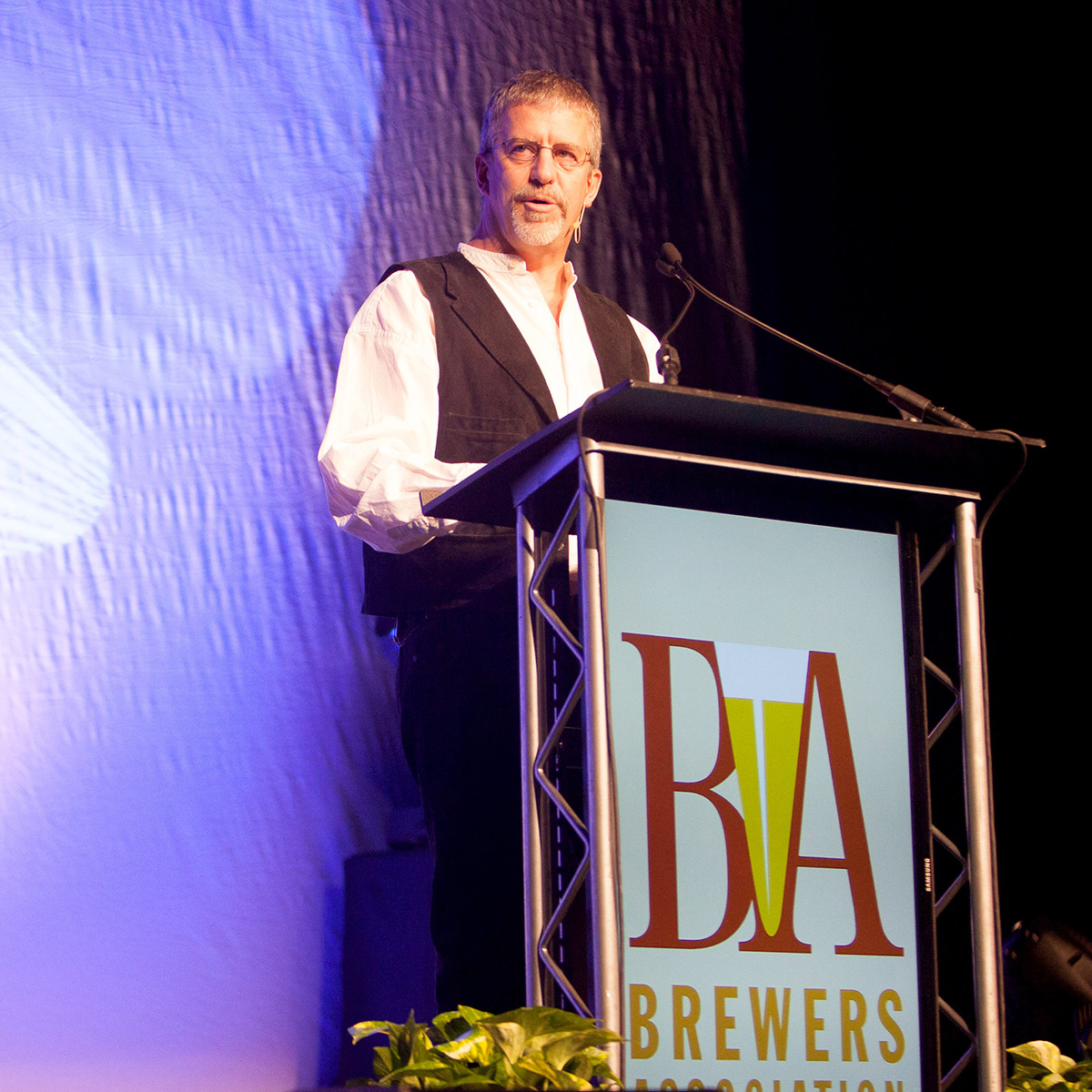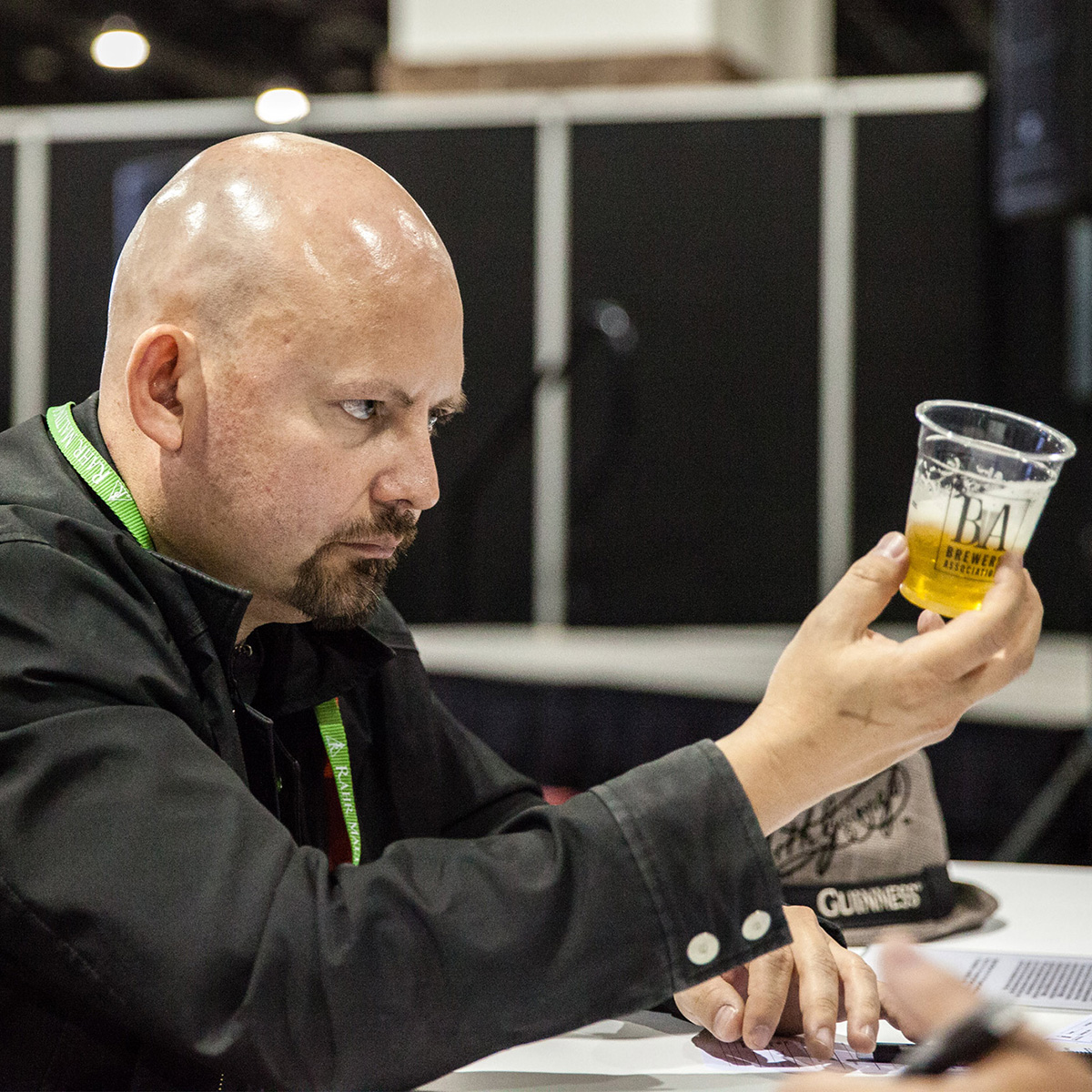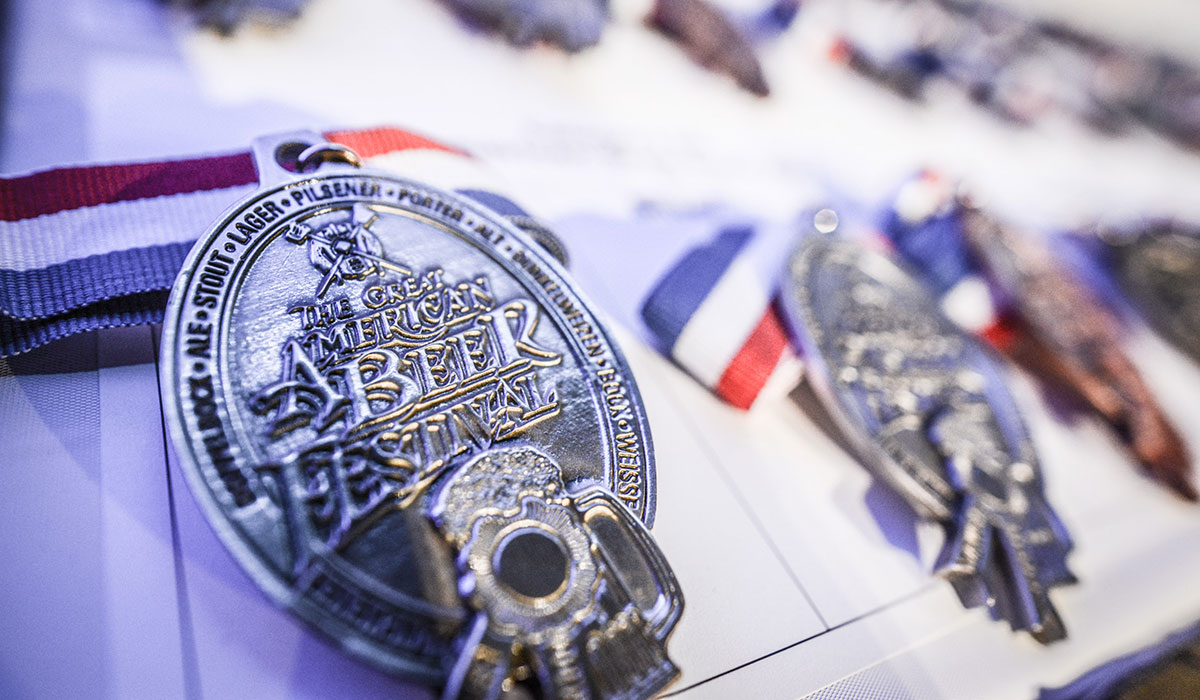It’s that time of year again. The leaves are changing, the air is crisp, and more importantly, that means I get to wear puffy vests again. Like, with every outfit. It’s sort of my thing.
But I’m not here, sadly, to chat about puffy vests. I’m actually here to discuss one of my absolute favorite cities in the world, Denver, and the upcoming inundation of seemingly unquenchable beer fanatics who will be descending, once again, on the Mile-High City, as it does every year in early October.
It’s time for the Great American Beer FestivalOpens in new window (GABF), the largest beer competition and festival in the United States. Hundreds of breweries. Thousands of beers. Pretzel necklaces, tap takeovers, and the delightful madness that comes with putting this many beer fans in the same geographic area. Let the wild rumpus begin, Denver-style.
(READ: What Is the Independent Craft Brewer Seal?Opens in new window)
Admittedly, we’re used to seeing a lot of editorial pop up this time of year about GABF, and it’s almost exclusively focused on new beers, the latest brewery openings, and the general consumer experience around the festival. This is all well and good because it’s an unremitted riot to actually attend the festival as a beer fan, but I’d like to discuss the other half of the festival if you don’t mind. I’d like to talk about the actual competition.
The Great American Beer Festival Competition

Creating a fair, equitable and relevant beer competition of this scale in an industry as dynamic as American beer is like hitting, at best, an extremely fast-moving target. But the staff of the Brewers Association (who put on the festival), along with the cavalcade of trained judges and volunteers from across the country, pull it together every year with an admirable level of grace and authenticity for a competition of this size (and I’m not just saying that because the BA publishes CraftBeer.com). The stakes are high, the entrants prolific, and the scrutiny from media and industry people alike is a persistent reminder that there are some seriously interested eyes on what decides a medal-winning beer.
There are a few basic truths for the GABF competition categories every year — and more importantly, why those categories change with the evolution of the industry itself.
I had a chance to sit down and chat with Chris Swersey, the GABF Competition Director for the past 15 years. Through his experienced lens on the competition structure, you, as a beer lover, can start to understand what’s actually happening at GABF and how experienced judges judiciously dole out those shiny medals to the most deserving beers at the competition.
(LEARN: 75+ Popular Beer Styles)
I was rather impressed with Chris’ transparent and mission-focused message on the competition’s goals around the style categories. The GABF Competition Organizer’s goal, year over year, is for their style categories to be fresh and relevant — and most importantly, representative of a general expert consensus of which styles and definitions make the most sense in that year of judging. It pays to mention the sheer number of creative beers being produced every year that have never been made in the United States before, a tribute to this country’s leadership and influence in the global beer landscape. The competition structure echoes this sentiment and puts a framework under which they can safely and objectively judge the beer.
Beer Style Guidelines

Every year, around April, Swersey sits down with a list of notable names from the BA, including BA President and legendary homebrew champion Charlie Papazian, to sift through hundreds of comments collected over the year from beer judges, beer writers, brewers, and all manner of qualified industry professionals on the beer styles needed for the upcoming competition. According to him, they actually include around 75-90 percent of the comments every year in their assessment and review of the beer categories that are going to be used in that year’s GABF competition.
The guidelines are fundamentally based on the Brewers Association Style GuidelinesOpens in new window and the World Beer Cup StylesOpens in new window, which is the guiding light document on which GABF’s competition structure is based
“The idea there is that the guidelines evolve slowly every time,” says Swersey. “We might have 150 different beer styles entered into the competition this year, but we don’t necessarily have that many categories at GABF. Charlie and the rest of the team might recognize the category, but some styles just don’t get enough entries to make it a specific category unto itself. ‘Experimental beer’ is a good example of a grouped category or master category, and the idea there is that the category has enough to be meaningful.”
(READ: Why No Brewery Won GABF Silver or Gold in Pumpkin Beers)Opens in new window
The idea of keeping a fluid definition around beer styles might sound heretical to some of the more dogged style purists out there, but it’s actually the only proper way to give the competition enough wiggle room to adequately bucket the thousands of beers entered every year. Creativity and evolution, a hallmark of our thriving domestic beer culture, is fostered through this fluidity, and the GABF competition recognizes the need for consistent change.
“Think about GABF as a track meet. There are different events like hurdles, pole-vaulting, etc. Each GABF beer category is an event in a track meet.” Chris Swersey, GABF Competition Director
To put a rather explicit bow on this entire point, this year’s upcoming 2017 GABF competition includes 98 beer styles and their sub-categoriesOpens in new window. I procured a copy of the 2002 Competition Beer Styles and there was (drumroll please) 58 styles and their sub-categories. In a 15-year period, and through the continued growth of our homegrown beer culture, we’ve seen a 60 percent increase in the number of beer styles that will be judged!
That’s a pretty astonishing increase in such a short time period, and Swersey capped the discussion with a good metaphor on how to think about the categories themselves.
“Think about GABF as a track meet. There are different events like hurdles, pole-vaulting, etc. Each GABF beer category is an event in a track meet. Each track event has its own rules, so each beer category has a set of rules that entrants must adhere to in order for us to properly judge the beer.”
The Taste Experience
Along with the rules and style guidelines, GABF actually gives the brewers and judges a chance to think like a typical beer drinker. It’s easy to get lost in the myopia of misunderstood beer terminology if you’re not in the business itself. Michael Jackson, the infamous beer writer and a personal hero of mine in the beer world, was unequivocally clear about his view on how to approach beer styles. He did our whole industry a huge favor early on and urged us to think about beer the way a consumer thought about beer. He got into the head of “what is that taste experience” and how does that translate for the average beer consumer. Competitions like GABF are essentially trying to capture this ethos.
(LEARN: Beer 101 Online Course)
Purchasing Beer
When it comes to purchasing decisions and consumer behavior, the message on beer styles becomes clear and emphasizes how important they are to the beer industry overall. Just like a judging panel at GABF uses the style guidelines to put guardrails around their judgments, they also provide a unified signal from brewer to consumer on the intended goal of the product in your hand, explicitly offering beer fans around the world a unified vocabulary with which we can discuss, debate and decide on our own preferences. If your beers don’t fit into a style, as a brewer, you have a challenge ahead of you in the market.
This year’s competition saw almost 8,200 submissions from thousands of breweries across the country. When the roughly 280 highly trained judges (from malt suppliers to brewers to journalist, all trained in expert sensory evaluation) sit down to assess these beers in the three days before the big weekend in October, the style guidelines will be front and center to give each entry a fair shot at being tasted well and judged accurately.
You have no idea how thirsty I am now that I’ve finished writing this article. I’m gonna head over to a local brewery here in NYC to try a few of their beers. I hope they’re good.
CraftBeer.com is fully dedicated to small and independent U.S. breweries. We are published by the Brewers Association, the not-for-profit trade group dedicated to promoting and protecting America’s small and independent craft brewers. Stories and opinions shared on CraftBeer.com do not imply endorsement by or positions taken by the Brewers Association or its members.


Share Post